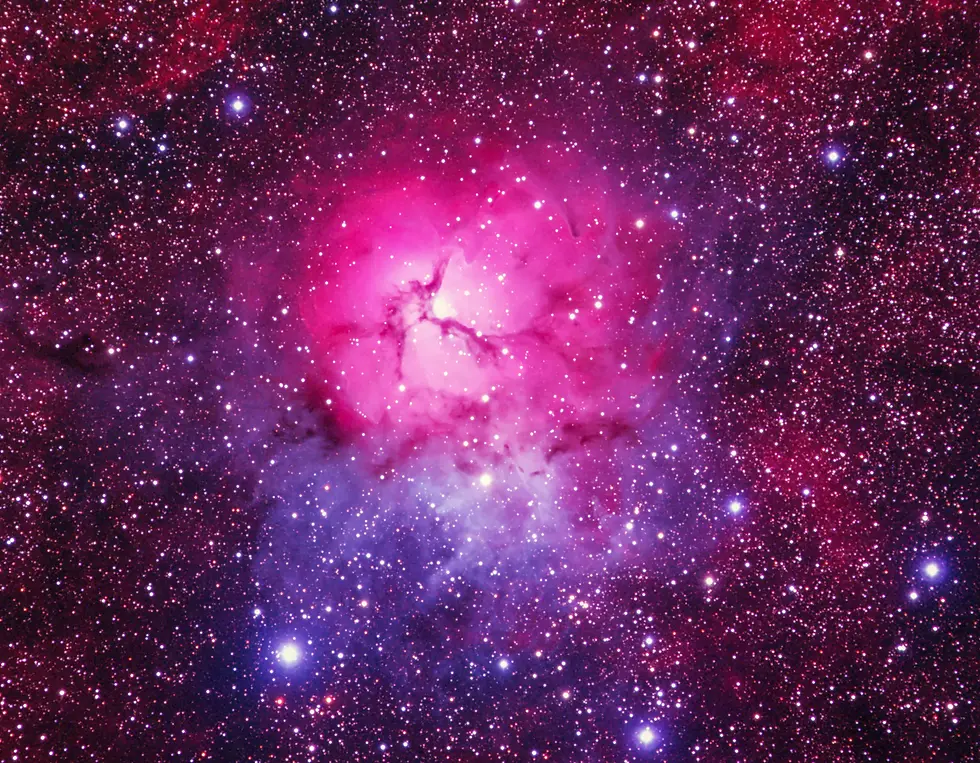See the Perseid Meteor Shower!
- Chris Baker
- Aug 12, 2024
- 2 min read
QUICK SUMMARY TO VIEWING: Look north east after sunset any time until dawn and you'll spot them between the Sunday 11th to Tuesday13th August peaking on the night of Monday 12th August.
Where to Look Observing the Perseid meteor shower doesn't require any specialized equipment – just a clear sky and a comfortable vantage point away from bright city lights. To maximize your viewing experience, find an open area with an unobstructed view of the sky. Lie back on a blanket or reclining chair, allowing your eyes to adjust to the darkness. While the meteors can appear anywhere in the sky, they will all seem to radiate from a point in the constellation Perseus, which gives the shower its name. This radiant point rises in the north-eastern sky after sunset and moves higher as the night progresses. However, don't focus solely on the radiant point – keep your gaze wandering to fully appreciate the stunning streaks of light across different parts of the sky.
Looking north east after dark will be good enough to spot the meteors - but to help you further look for the asterism 'W' shape of Cassiopeia and they will emanate from just below. But don't worry if you cannot find the W - simply look up in the north east and you'll be fine.
Cassiopeia in the north east.

Courtesy of Stellarium
What is a Meteor? Before we delve into the specifics of the Perseid meteor shower, it's important to understand what a meteor is. A meteor, often referred to as a "shooting star," is a streak of light that appears when a meteoroid – a small rocky or metallic body – enters Earth's atmosphere and burns up due to friction with the air. The result is a brilliant and fleeting streak of light across the sky.
What is the Perseid Shower? The Perseid meteor shower is a celestial phenomenon that occurs annually when Earth passes through the debris left behind by Comet Swift-Tuttle. This debris consists of tiny particles, most no larger than a grain of sand, that were shed by the comet during its journey through the solar system. As these particles enter our atmosphere and vaporize, they create the breath-taking display of light known as the Perseid meteor shower.
Enjoy the night sky this month and let me know about your observations
Thank you for reading this blog and do let me know if there is anything you would like me to add to my Newsletter each month.
.png)



Comments